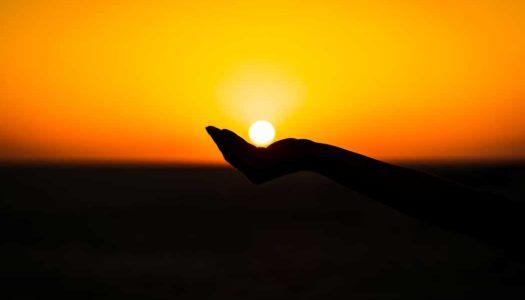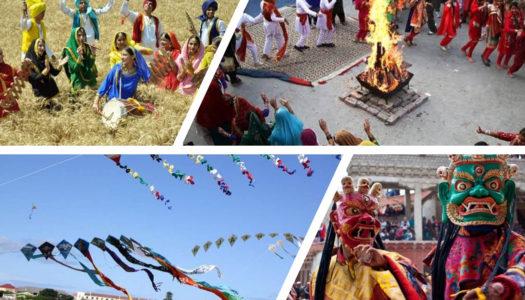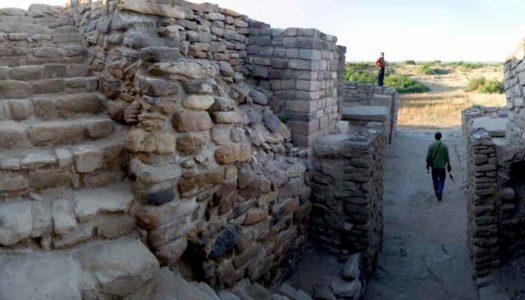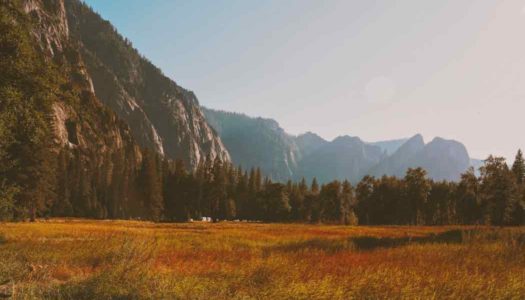Best time to visit Rann of Kutch - Journeying to one of the world's largest salt deserts
The Rann of Kutch unfolds as an expansive terrain of fractured earth, stretching inland from the sea, ready to leave you awestruck. The vast emptiness that extends for miles is both awe-inspiring and a bit unnerving, punctuated by occasional oases of water bodies and patches of shrub forests that serve as habitats for vibrant pink flamingos and untamed wild asses. In this blog post, we will delve into the subject of what is the best time to visit Rann of Kutch.
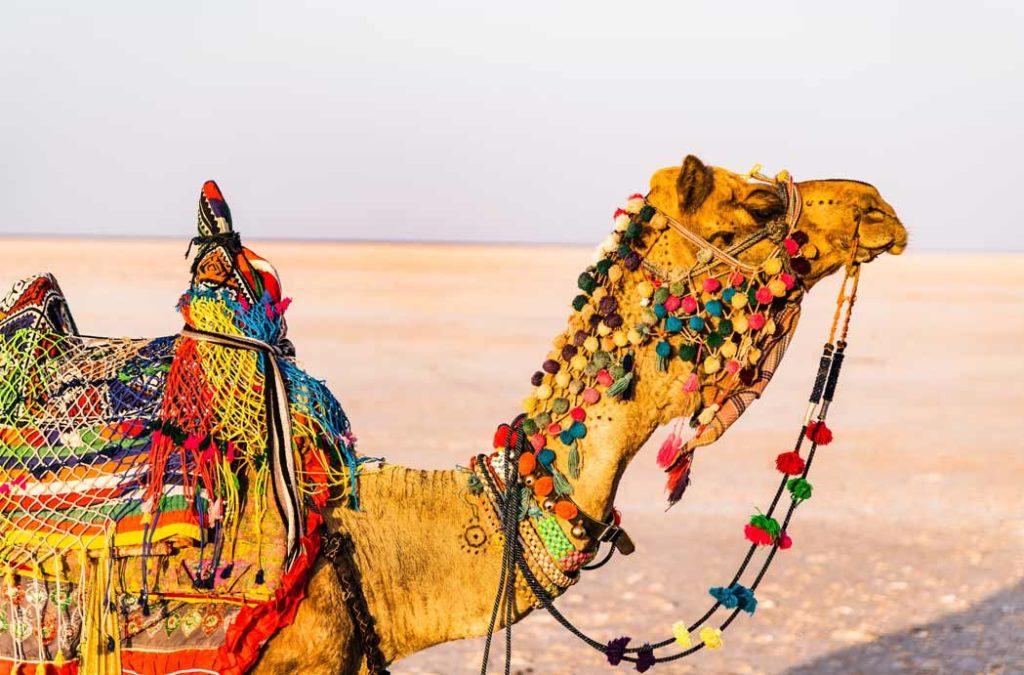
Nestled within these surroundings are tribal hamlets, characterised by cylindrical mud bhungas (huts), which serve as the vibrant heart of Kutchi embroidery, tie and dye crafts, leatherwork, pottery, bell metal craftsmanship, and the renowned Rogan painting practised by the sole surviving expert family.
Around 200 km to the east lies the Little Rann of Kutch, home to the expansive 4953 sq. km Wild Ass Wildlife Sanctuary. This sanctuary shelters the last surviving population of chestnut-coloured Indian wild asses, also known as khur, alongside other remarkable creatures such as blue bulls, blackbucks, and chinkaras. People come to visit the Rann of Kutch, not only from all over the country but also from all over the world.
How To Get To The Rann Of Kutch?
When you are travelling to the Rann of Kutch, the city of Bhuj, which is 85 Kms away from the Rann, serves as the nearest airport and railway station. There are several buses also that ply from nearby cities to the Rann of Kutch. For example, the city of Ahmedabad is just about 335 kilometres from Bhuj, and it takes 6-7 hours to reach Bhuj. Once you arrive in Bhuj by bus, train or flight, you can avail of taxis or shared transportation to reach the Rann of Kutch.
If you’ve secured a package through the Gujarat Tourism Department to help you explore the Rann of Kutch, your journey simplifies on reaching Bhuj. The department facilitates transportation from Bhuj Airport, Bhuj Bus, and Train Station, ensuring convenient travel to and from the venue. If you are on your own, however, you have the option to either board a bus to Dhordo or opt for a taxi service that will transport you to the village. If you haven’t booked a place to stay in advance, however, then you have options to choose from various homestays and resorts in nearby areas.
Do you know that the textile industry of Ajrak, which is a beautiful form of block printing, is one of India’s most unique textiles found primarily in Sindh and the Kutch district?
Here is a comprehensive guide to India’s breathtaking textiles that you must know about.
Best time to visit Rann of Kutch: A Traveller’s Guide
The Rann Of Kutch In Summer
The summer season runs from April to June. Due to the intense heat, which can reach up to 50°C at noon, summer is not the best time to visit Rann of Kutch. Although the nights are relatively cooler, the Rann doesn’t have much to offer in terms of both scenic beauty and things to do for travellers. Hence, it is best to avoid the Rann during summer.
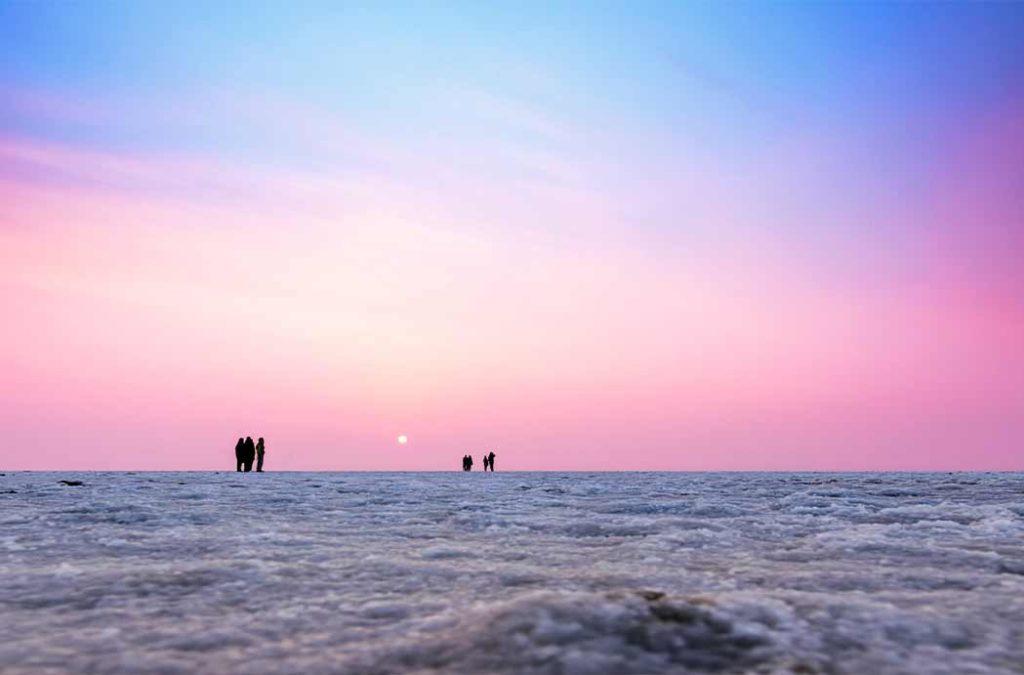
Rann Of Kutch During Monsoons
In summer, the Rann of Kutch can become quite hot, but the monsoon season proves to be a delightful transformation for this destination. The rains bestow a magical touch, turning the white desert into a splendid diamond-like expanse. While watching sunrises and sunsets might be hindered on cloudy days, the allure of the vast salt-filled land adorned with rainwater becomes the star attraction during this season. Although the monsoons aren’t the most popular, nor the best time to visit Rann of Kutch, they’re still popular among those that want to experience the white desert bathed in the monsoon rains.
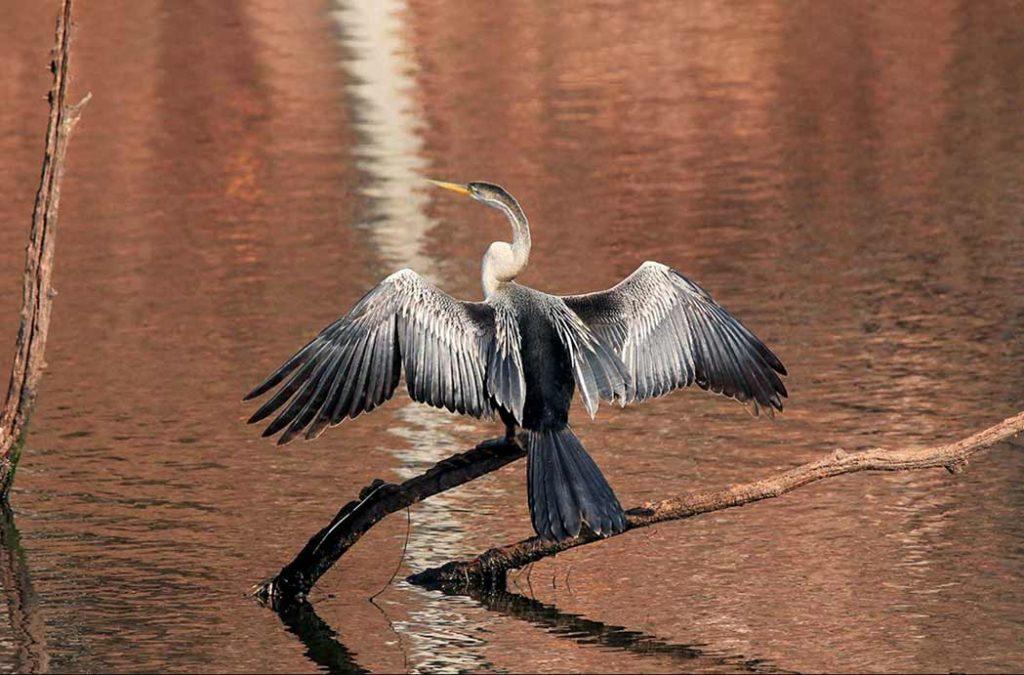
During the monsoon season, you can also visit the Chhari Dhand Wetland Reserve, a seasonal desert wetland that receives its water only due to the monsoons. The reserve is a paradise for bird watchers and ornithologists, making it hugely popular as a bird-watching destination.
Rann Of Kutch In Winter
Once the scorching summers are over and the damp monsoons clouds have rained their last, the skies become clear, and the air becomes cool and pleasant. This is when the Rann of Kutch springs to life, its white salt flats glistening under the bright sun and the skies gleaming a perfect blue. The nighttime is just as beautiful.
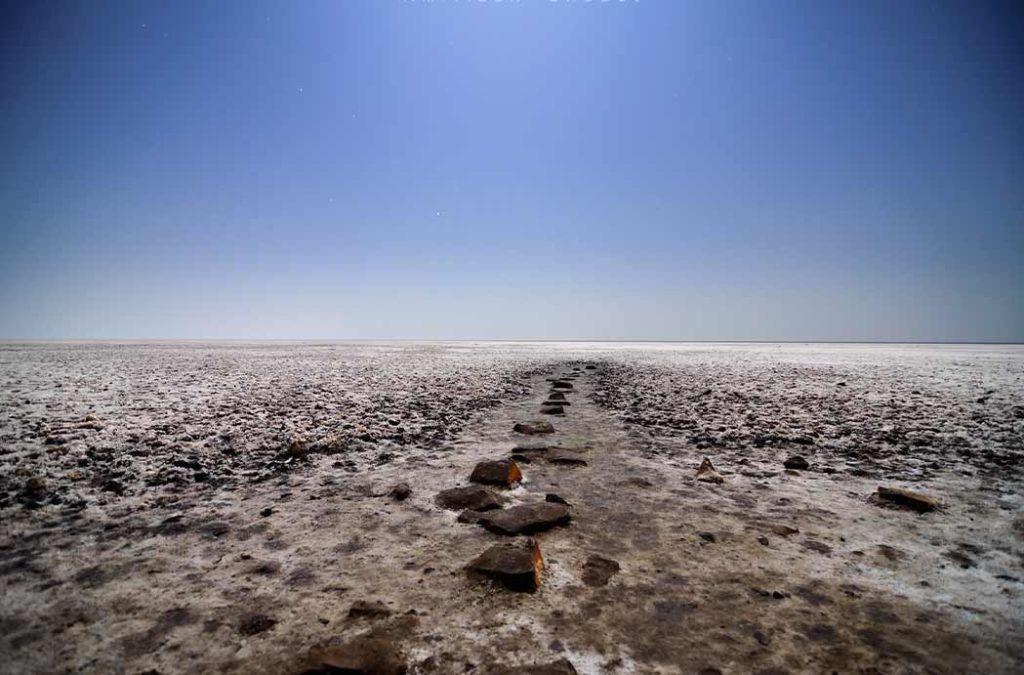
With no clouds in the sky, the stars shine unopposed, and moonlight bathes the white desert in its soft glow. This is why winter is undoubtedly the best time to visit Rann of Kutch. Because this is the prime time to visit the Rann of Kutch, it is also sprawling with life. Tourists from all over the world come to experience the gorgeous landscapes and engage in various cultural activities that are prevalent during this time. This period coincides with the Rann Utsav which will be held from Nov 11, 2024 to Mar 15, 2025. Indulge in camel rides, check out the traditional handicrafts of the Kutch region, or trek through sand dunes. Packed with numerous festivities, these winter months unequivocally stand out as the best time to visit Rann of Kutch.
Things To Do In The Rann Of Kutch During Winter
- Rann Utsav 2025 – This four-month-long festive event overflows with energy, warmth, liveliness, and the traditional essence of the splendid Kutch region, set against its breathtaking and diverse landscape in Dhordo. This is, by and large, what makes winter the best time to visit Rann of Kutch. Walking across the level expanse of the white desert as the sun sets and then enjoying a folk concert under the light of the full moon creates an unparalleled travel memory.
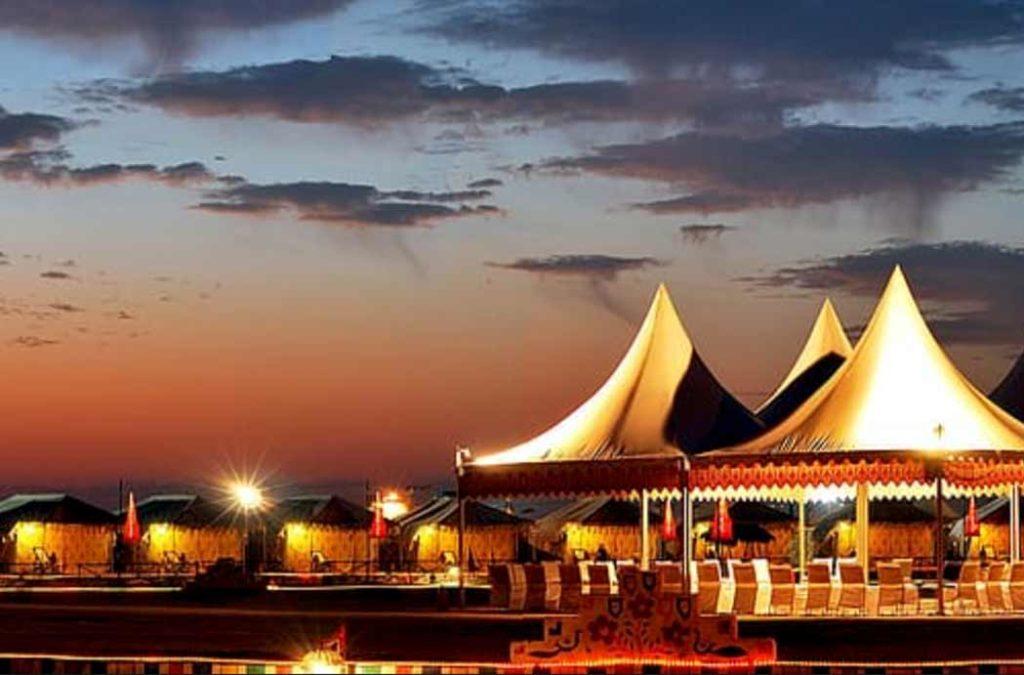
And the camel-cart rides to the white desert add an exciting element to the quest of discovering one of nature’s most unique creations. Rann Utsav isn’t just a grand celebration; it’s a tribute to a life that infuses colours into the salt-crusted plains of the desert. The awe-inspiring beauty of nature, the tranquil surroundings, the vibrant Kutchi culture, intricate handicrafts, and outdoor activities come together to make this desert carnival a perfect holiday destination. From traditional dances to musical performances, a range of thrilling activities like cultural shows, camel safaris, parasailing, and dirt biking add various shades to the festive atmosphere. One can go on and on about the Rann Utsav, but to know why this makes winter the best time to visit Rann of Kutch, one has to come and find out for themselves. Don’t forget to experience the nighttime bonfires on a full moon night during the Rann Utsav 2025!
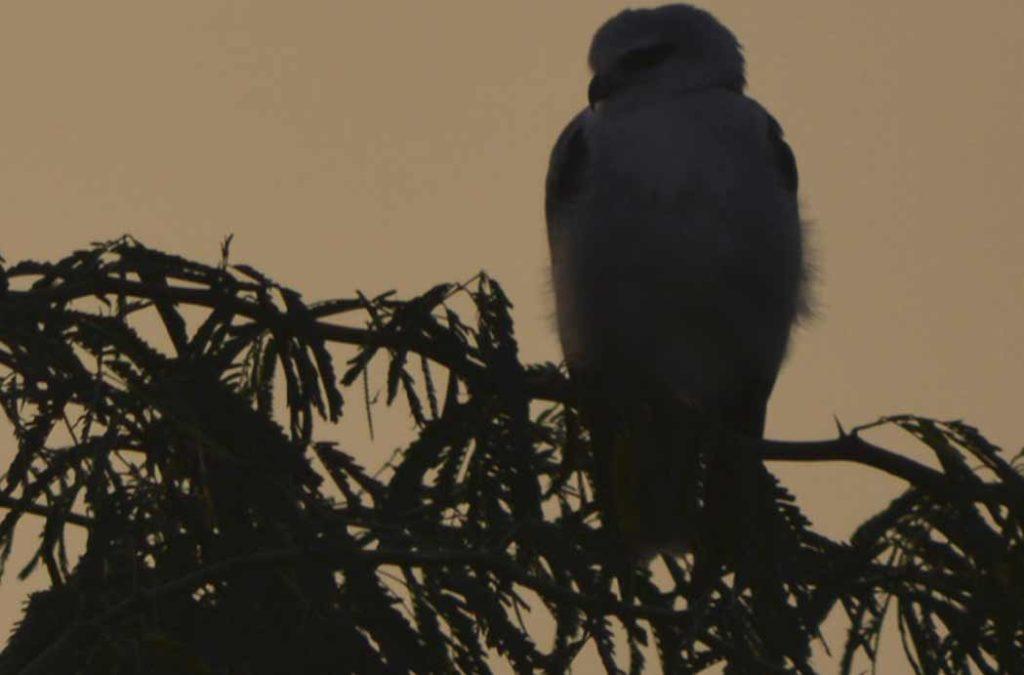
- Bird Watching at the Rann of Kutch – The cultural festival isn’t the only reason to visit the Rann of Kutch in winter. After the rains, the mud flats of the Little Rann of Kutch become full of water, making them the ideal grounds for various creatures to thrive. Of them are many different species of rare and stunning birds, making it the ideal time to visit for bird watchers and nature lovers. Bird watching in the Little Rann of Kutch is mostly possible in the winter as well since the park is closed during the monsoon season, which is the mating season for many of the birds, and it is too hot during the summer months, making it impossible for the birds to be there. If you’re planning a trip to the Rann of Kutch and are an avid nature lover, then do check out the bird-watching tours in the region.
You can watch birds like the Great Crested Grebe, Red-naped Ibis, Black-necked Stork, Black-winged Stilt, Brahminy Kite, Common Crane, Grey-headed Swamphen, Greylag Goose, Greater, and Lesser Flamingos, Dalmatian Pelican, and many duck species. These birds are of both seashore and freshwater habitats.
Also, when you are in Kutch, do not miss enjoying the sandy shores of Pingleshwar Beach, which lies very close to Kutch. Do you know this beach is home to millions of birds that migrate and pass by every year?
Here is a thorough guide to 12 unique beaches in India.
The Rann of Kutch is a unique and unparalleled geographical expanse that captivates with its extraordinary contrasts and diverse ecosystems. However, do note that the Rann is, after all, a desert.
It sees some harsh summers, making the hot months of May and June a very bad time to visit it. There is some rainfall during the monsoon season, between July and September, which cools the land down quite a bit. However, there isn’t much to see or do during that time since the natural reserves are closed, and the skies are usually overcast.
Winter is the best time to visit Rann of Kutch, thanks to cool temperatures, clear skies, and beautiful landscapes that form around the Rann after the monsoon showers. The desert comes alive with the Rann Utsav, which sees people from all over the world. The Rann of Kutch is a white wonderland that will surely satisfy your hunger for travelling and exploration.







